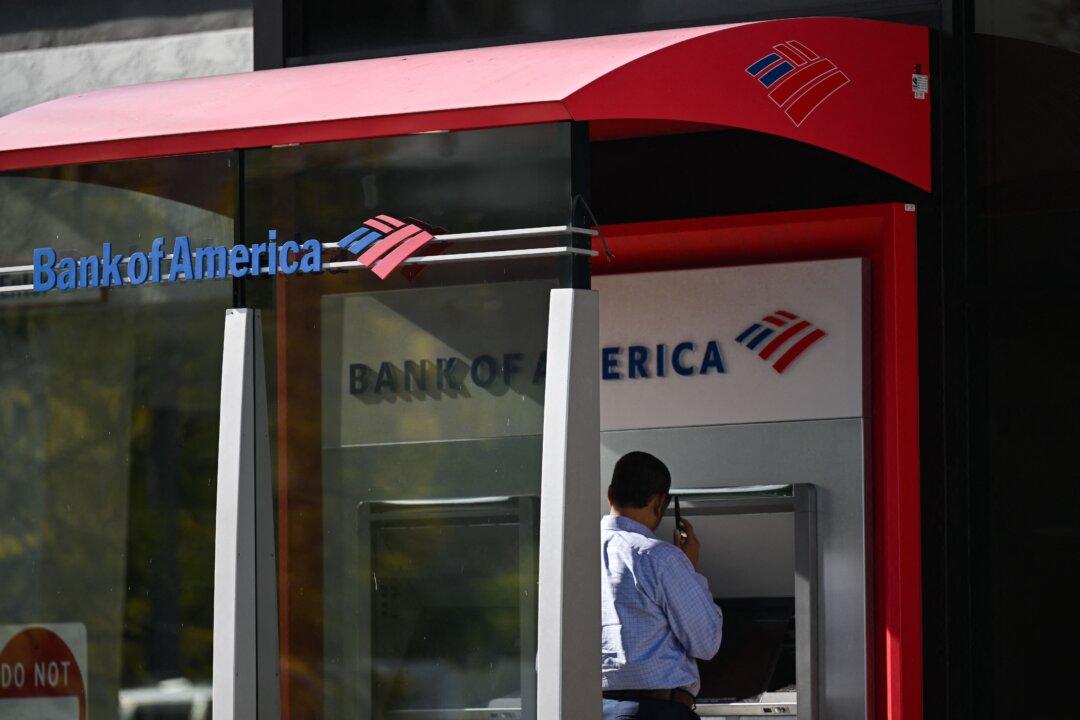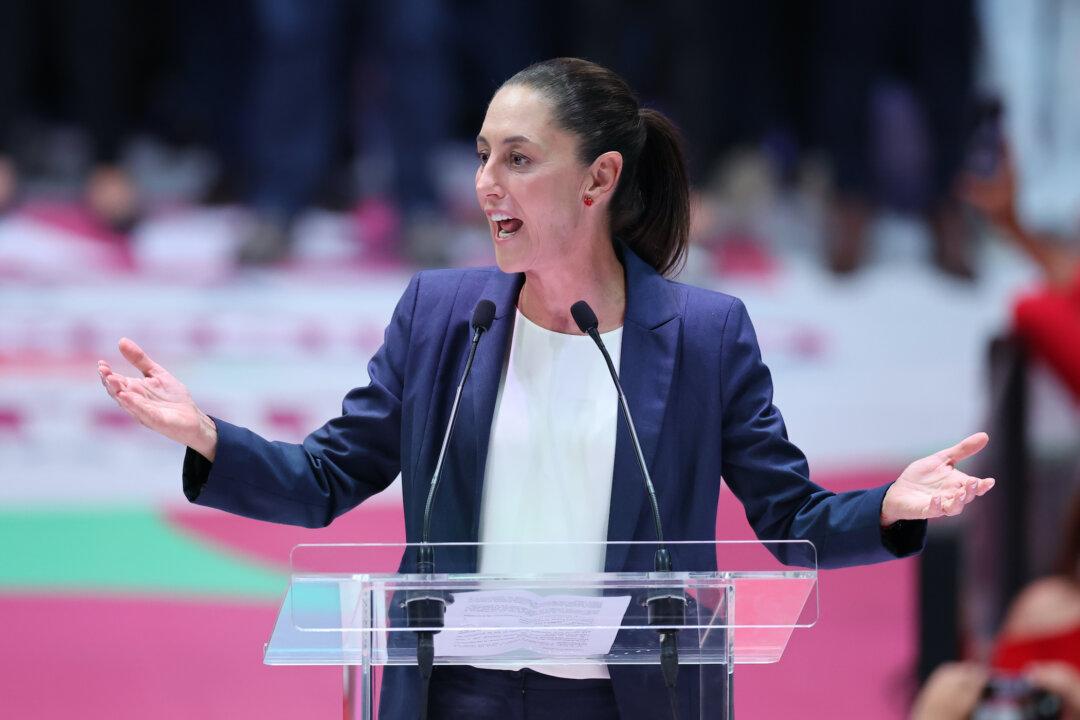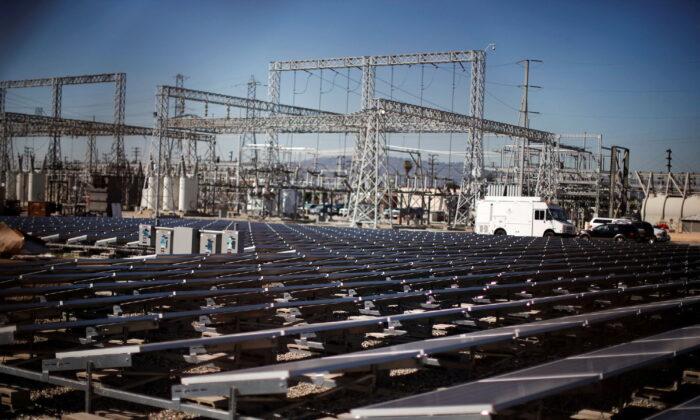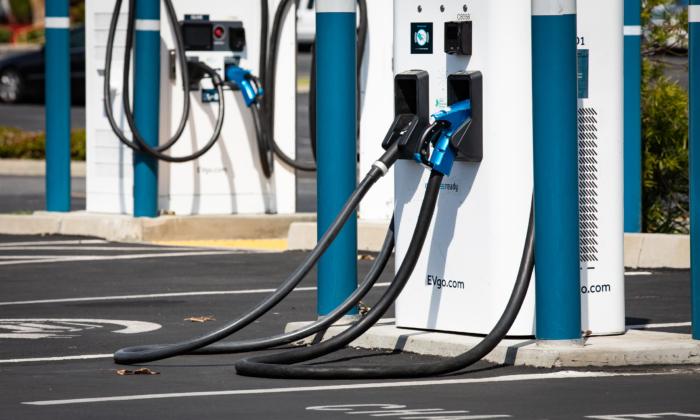Commentary
“Tell me and I’ll forget; show me and I may remember; involve me and I’ll understand.”
— Chinese Proverb
Concern about how different media affect learners goes back thousands of years, as this Chinese proverb shows. An example from Western culture comes from Plato.
He wrote in
Phaedrus the discovery of the alphabet “will create forgetfulness in the learners’ souls, because they will not use their memories; they will trust to the external written characters and not remember of themselves.” It produces “not truth, but only the semblance of truth; they will be hearers of many things and will have learned nothing.”
It’s not surprising that on June 18, the board of the Los Angeles Unified School District voted to ban cell phones in schools beginning with the Spring 2025 semester. In 2011, they
banned using phones in schools. But kids being kids, the ban was ignored more often than not. And media have changed significantly since then, phones becoming practically appendages, with kids’ eyeballs glued to TikTok and other social media apps.
The board meeting is on
YouTube, so, ironically, you have to use social media to watch it. The cell ban is discussed in the first hour under the title, “Supporting Student Mental Health and Learning by Ensuring a Phone-Free School Day,” item number 23, starting at the 38-minute mark. The
Agenda also describes much of what would be discussed.
Board Member Nick Melvoin began by saying, as a teacher, how he has been “struck by how our students are glued to their cell phones, not unlike adults. They’re surreptitiously scrolling in school, during class time. They have their head in their hands, walking in the hallways. They’re not talking with each other, or playing at lunch or recess because they have their Airpods in. And a growing body of research ... is crystallizing these deleterious effects—the harmful effects on their academic achievement, on their mental health, on their physical health.”
He said teachers and parents tell him more time is being spent on policing student phone use, and they’re looking for some support from the board and the district. Studies show the bans are producing results, he said. “Kids are happier. They’re talking to one another. Their academics are up.”
He pointed to an
op-ed by Surgeon General Vivek H. Murthy published the day before, in which Dr. Vivek called for putting cigarette-like warning labels on social media sites and apps.However, unlike cigarettes, cell phone content largely is protected by the First Amendment.
Learning Loss
The meeting then moved on to phone testimony from Dr. Kara Anderson, a pediatrician. She said students already have been suffering from “post-pandemic learning loss.” And cell phones add to the problem.
“These devices, by design, are maximally engaging.” For herself, she said, if she’s standing in line at a grocery store or stuck in traffic, “It literally takes everything in me not to check my phone. And I know that everyone listening grapples with the same. By allowing phones in schools, we are asking kids to do better than we can do ourselves.”
She said given that children’s brains are only partially developed, it will be well into adulthood before they’re mature enough to be able to prioritize decisions that are good for them, over what may feel good.
“And yet they are expected to keep devices tucked away. They’re expected to sit down in a cafeteria and be comfortable with their social discomfort in ways that we aren’t. They are expected to manage devices designed to lure them in, in ways that we don’t demand of ourselves,” she said.
Gov. Gavin Newsom is also supporting the cell phone ban in schools. Shortly after Mr. Murthy’s op-ed appeared, the governor said in a
statement, “As the surgeon general affirmed, social media is harming the mental health of our youth. Building on legislation I signed in 2019, I look forward to working with the Legislature to restrict the use of smartphones during the school day. When children and teens are in school, they should be focused on their studies—not their screens.”
Some LAUSD schools already have enacted bans. Westside Global Awareness Magnet School
stipulates on its website: “Cell phones will be collected during Home-Room class and stored in a secure locker. The lockers will be kept in the Principal’s office. Phones will be returned to students at the end of Period 6 (before they go home).”
Mervyn Dymally High School
maintains: “Cell Phones are not permitted to be used on campus during the school day. Cell phones and all electronics must be in the Yonder Pouch. Confiscated cell phones, can be picked up Monday, Wednesday, Thursday and Friday by a parent only.”
A
Yondr Pouch—the school misspelled it—prevents students from accessing their phones and can only be unlocked outside the phone-free area.
A 2022
study in the journal Applied Economic Analysis looked at two governments in Spain banning cell phones in schools. “The results show noticeable reductions of bullying incidence among teenagers in the two treated regions,” it found. “The authors also find positive and significant effects of this policy on the PISA scores of the Galicia region that are equivalent to 0.6–0.8 years of learning in maths and around 0.72 to near one year of learning in sciences.”
PISA tests are an international comparison of student abilities.
And a 2016
study of schools in four English cities in the journal Labour Economics concluded, “We find that student performance in high stakes exams significantly increases post ban, by about 0.07 standard deviations on average. These increases in performance are driven by the lowest-achieving students. This suggests that the unstructured presence of phones has detrimental effects on certain students and restricting their use can be a low-cost policy to reduce educational inequalities.”
The AI Challenge
The LAUSD ban on cell phones in schools inevitably will be followed by bans in other districts. And Mr. Newsom likely will succeed in a statewide ban.
But there’s another irony. Much of the problem with cell phones stems from the leaps in artificial intelligence (AI) mimicking human behavior, a key part of getting us hooked. But the LAUSD Board’s June 18 Agenda also included a resolution reading in part: “Whereas, Artificial Intelligence (AI) provides the possibility of enhancing efficiencies, expediting processing times, improved accuracy, and real-time customization for the user, and LA Unified is a leader in AI. ...
“Resolved, That the Los Angeles Unified School District provide a primary resource for the community that is a consolidated, clear, comprehensive, detailed, language accessible, and AI-powered annual budget tool—publicly available online.” Meaning it’ll be accessible on our cell phones.
Everyone continues to grapple with all this new technology, much of it made right here in California. A next step will be getting parents to restrain their children’s cell use at home. But that will be a lot harder.
Views expressed in this article are opinions of the author and do not necessarily reflect the views of The Epoch Times.






